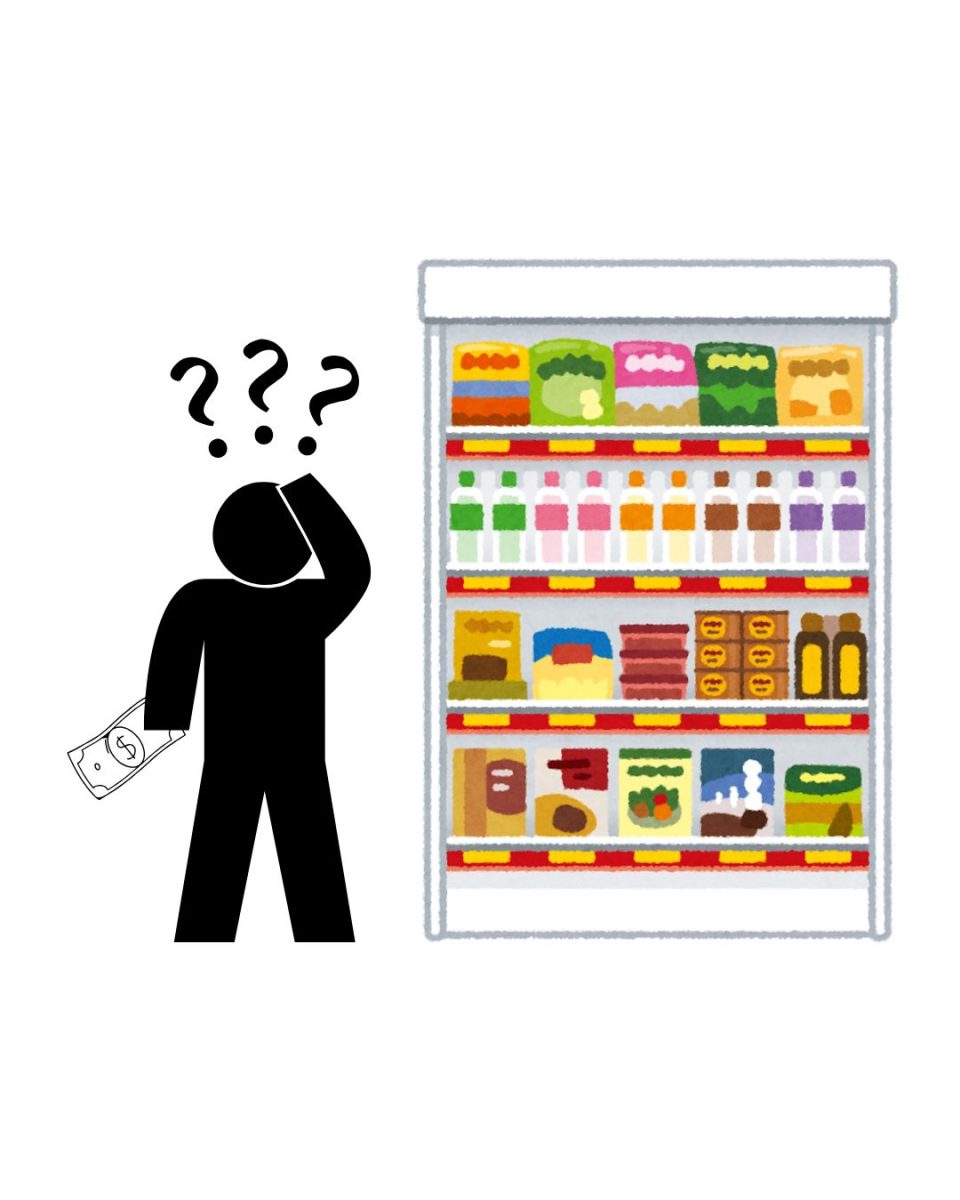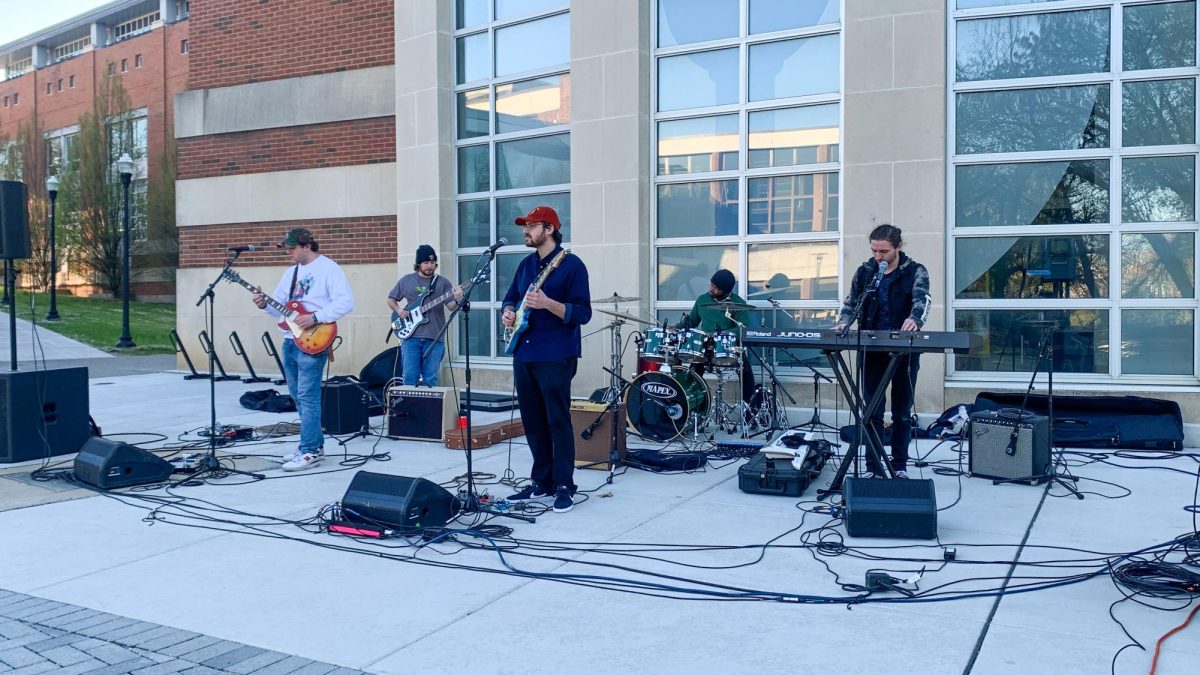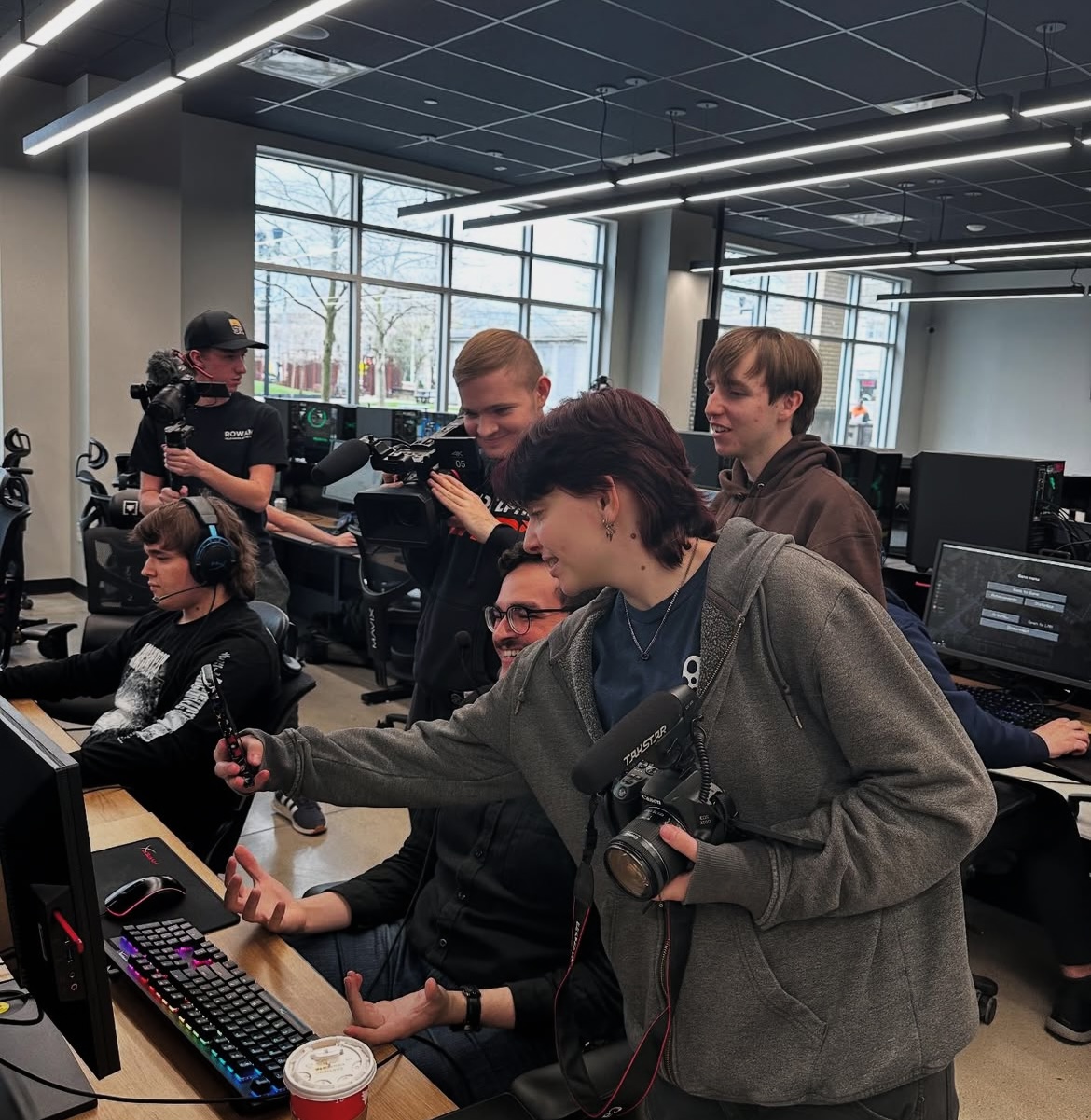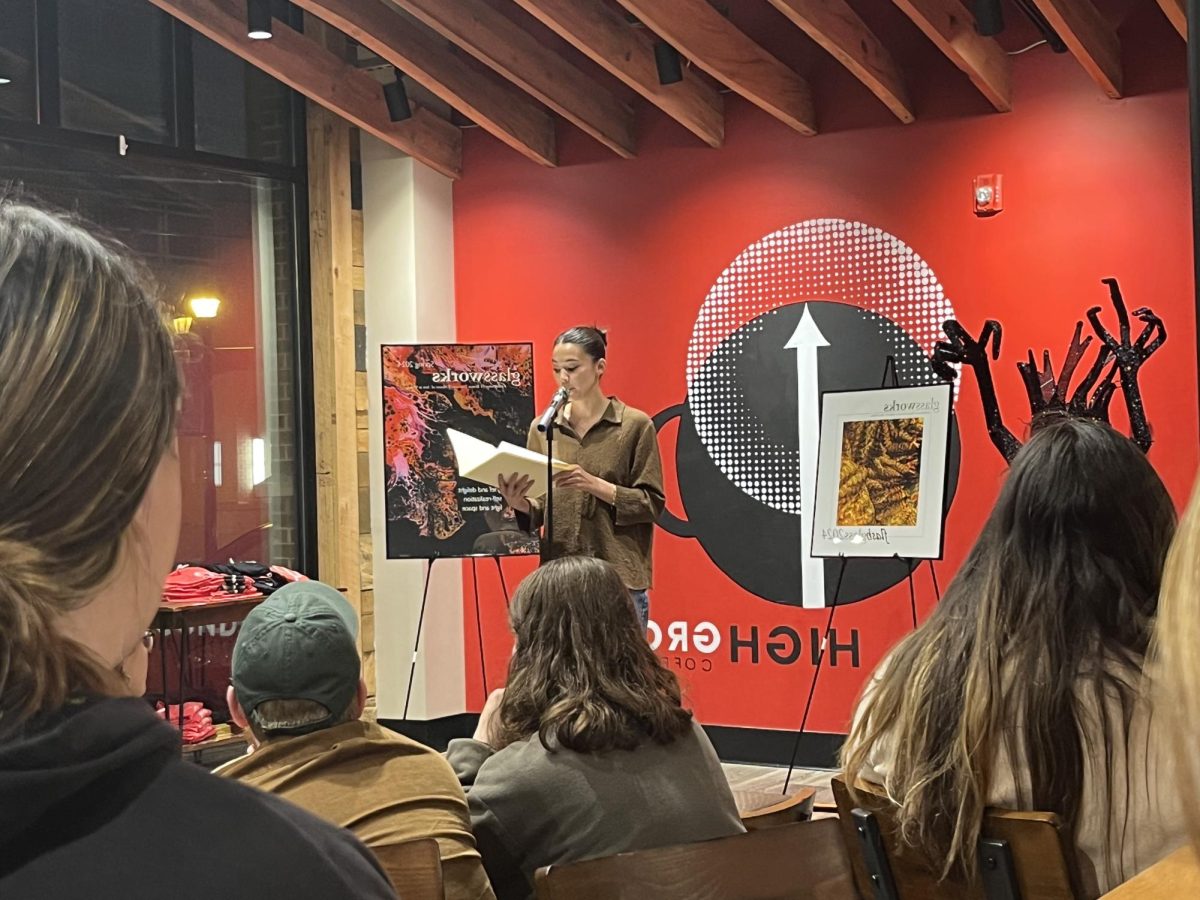Editor’s Note: This article uses anonymous sources regarding individuals who have experienced nicotine addiction. The Whit has chosen to keep students’ identities confidential for safety reasons.
A Rowan junior went to a wedding for his cousin. It was far and involved the student being away from school for a weekend. The student was excited about the wedding but was nervous because he was leaving behind one of his most prized possessions out of respect for the bride and groom. During the weekend, the junior began to get antsy. His hands began to shake and he felt uncomfortable in his own body. The student’s heart began to beat rapidly as sweat began to drip from his body. The student kept feeling “morbid anxiety,” and wasn’t able to enjoy the wedding, a night which was intended to be full of celebration and fun with his loved ones
What this student was experiencing was withdrawal from the coveted object and that “prize possession,” just so happens to be a vape.
Vapes have been around since 2003, but they were known as an expansion of electronic cigarettes (E-cigarettes). They were founded and created by Chinese pharmacist, Hon Lik. The idea was to chemically create an electronic cigarette with much less tobacco.
The E-cigarette became part of the U.S. market by the mid-2000s and by 2010, more and more brands began to appear all over the United States. Early in the years of vapes hitting the U.S. market, the device was mainly used by former smokers who were trying to quit, or smokers who wanted to use an alternative to smoking, but didn’t want as much tobacco in their system. This quickly changed around 2018, when middle and high schoolers began to become aware of this newfound “trend.”
“I started when I was in high school,” Rowan senior Jenna Ascolose said. “I had a hard time with my mental health and I could not find a way to cope. I hit a vape and it made me feel less anxious and like I was able to use vaping in order to calm my nerves. A lot of my friends also vaped so it was very easy for me to get vapes and find it normal.”
Ascolose wasn’t the only one who started that way. Kids from ages 13-20 were getting friends, family members, or even random strangers to go get vapes for them in stores because of the 21-and-over age restriction that was set on these devices by the United States Government.
How would they go about convincing someone to get a vape? Well, it’s a lot easier than you think.
“I would do one of two things,” a student who wished to remain anonymous said. “A lot of upper-classmen in my high school were able to get them, so I would give them an extra $5 or $10 and they would use their fake ID to get it for me and leave it in my locker the next day. The other way is I would go to my pizzeria where I used to work and the delivery drivers all vaped, so I would put a $20 bill in the hot box and they would go up the street and buy me a vape because they were all over 21.”
Those are just two methods students had of getting a vape. Others would even go as far as flirting with the employees to get them to sell to them or even worse, stealing the vape altogether. When it came down to how a student would be able to acquire a vape, they would do almost anything to get their hands on one. But why was it such a need? What was so important about a vape that everyone felt like they needed to have one?
For some, they believe that it helps them lock into an assignment or a task.
“Definitely stress,” one student said. “If I’m super stressed out, I can take a quick breather [vaping]. It diverts your attention to something else. It’s that quick refresher so you can focus up.”
Others use it when their emotions are too strong to stay still.
“I feel like it’s kind of at any moment, any emotion you feel. Like if you’re happy, if you’re sad, if you’re stressed, if you’re relieved. Any chance you get. Basically, any emotion I have I wanna rip it,” another student said.
Some even believe that it helps with their mental health– more specifically in cases of extreme stress and anxiety.
“I feel like my anxiety and stress goes away with the five-second hit of a vape. It calms my nerves and gets me to focus,” a third student said.
This has become a growing issue seeing that more and more young adults are beginning to vape earlier and often. The more students vape as their minds continue to mold, the less it becomes a hobby, and the more it becomes a need for survival.
“In a very short period of time, vaping has moved from a concerning trend to an epidemic, threatening the health of our nation’s youth with nicotine and other chemicals,” said Dr. Rose Marie Robertson, American Heart Association deputy chief science and medical officer. “Over 5 million teens use e-cigarettes – more than double the number two years ago. At least one out of every four high school students is vaping. And kids across the country are becoming addicted to nicotine, just as our decades of work helped bring cigarette smoking to a new low. Even though there is more work needed to fully understand all the dangers of e-cigarettes, there’s plenty of evidence they’re harmful to growing minds and bodies.”
Even at Rowan, it’s very uncommon to go a day without seeing someone hit their vape while walking or eating. Many students estimate that they have seen almost 20 students a day hitting a vape. If you do the math, that’s about 202 students a semester and one student would see vaping on average. How are they getting them you may ask?
Well, there are numerous stores such as One Stop Shop, Up In Smoke, and Puff N’ Stuff.
Sam Patel, owner of both Bagel Express and the Glassboro Convenience Store, was able to shed some light on the situation. Patel said that most of his customers are friends and family, or come for food or drink, so they don’t get many customers that come in for vapes. He stated that most of the vape-buying comes from the other side of town (which is where the stores mentioned prior are located). There was a time when many students would go to Bagel Express to buy vapes, but Patel says recently it has stopped, and that now, it’s mostly to order food.
What most students don’t know is that Rowan University is a tobacco-free school, so within all of its buildings, whether it’s a dorm room, a classroom, or even a bathroom, you are not allowed to smoke anything containing tobacco.
With so many students being accustomed to vaping, it begs the question of when they will stop. There have been many students who say “I’ll stop when I want,” or women will say “I’ll stop when I’m pregnant,” but it just isn’t that easy.
According to the Center of Nicotine and Mental Health, nicotine releases a chemical called dopamine in the same regions of the brain as other addictive drugs. It causes mood-altering changes that make the person temporarily feel good. Inhaled smoke delivers nicotine to the brain within 20 seconds, which makes it very addictive — comparable to opioids, alcohol, and cocaine.
“Every day I feel so guilty using my vape,” Ascolose said. “You would think the fact that I used to be a competitive swimmer, but now can’t run on the treadmill for longer than 10 minutes would get me to stop. Or the fact that when I swam I didn’t really need my inhaler, but now that I vape I can’t go to bed without it next to me. It’s hard.”
For comments/questions about this story DM us on Instagram @thewhitatrowan or email thewhit.newseditor@gmail.com






















































































































































!["Working with [Dr. Lynch] is always a learning experience for me. She is a treasure,” said Thomas. - Staff Writer / Kacie Scibilia](https://thewhitonline.com/wp-content/uploads/2025/04/choir-1-1200x694.jpg)








!["Between poems, owner of Words Matter Bookstore and host Keryl Hausmann spoke, saying 'To listen to [poetry] is different than to read it.'" - Graphics Editor / Brendan Cohen](https://thewhitonline.com/wp-content/uploads/2024/11/IMG_0653.png)





































